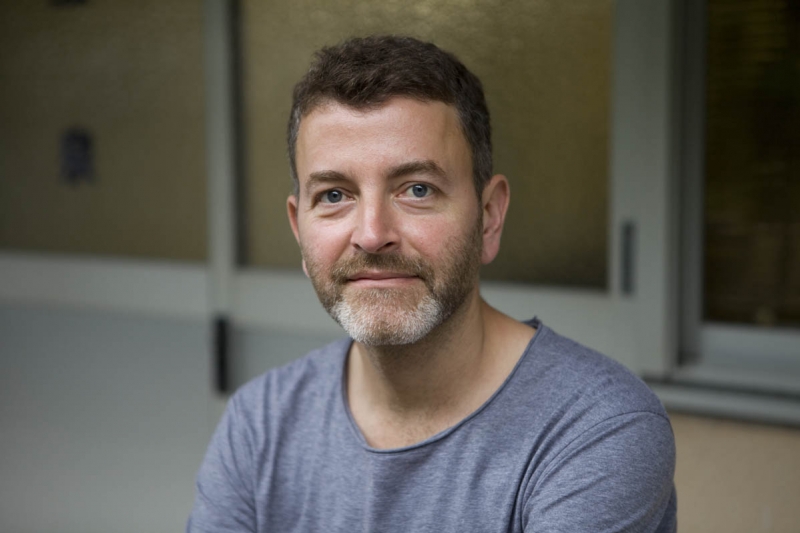Interview: Christian Haas
Designer Christian Haas produces furniture designs, interior schemes and product designs for a wide variety of international clients, he also has plenty of experience working with ceramic. Yet Haas chose to approach his project for 2016/ from a fresh perspective and not be influenced by his knowledge. Here, he explains the inspiration behind his simple and elegant everyday series and the role Japanese culture played in his designs.
- Tell us about your previous experiences of working with ceramic and were those skills useful in this project?
A lot of my work is in designing tableware, I think this experience was one of the reasons I was invited to join the project. Being experienced in production and design of tableware is helpful; it gives me an idea of what can be produced or what is impossible to produce, but with the 2016/ project I really tried to do something different and to push the boundaries. When I visited Arita I pretended I didn’t know anything at all about ceramic production. I tried to neglect my skills a little bit because I wanted this collection to be different from any other I had done before.
- Were there any surprises for you in the way porcelain is manufactured in Arita?
It was very surprising: I had expected industrial-style production because I knew that the 2016/ collections were to be produced in significant numbers, but I was surprised to find that much of the production in Arita is very hand-crafted. My previous experience of industrial production involves a lot of automation – nobody really puts a hand on the objects – but in Arita there are many people involved in each process and the system remains very craft-like, right from how the clay is produced to the final finishing. It is very labour intensive and very charming with a lot of hard work, a lot of passion and a lot of cooperation between different people. I have never experienced something like that.
- You worked with Housen pottery who, are amongst the most experienced in Arita. They have worked with foreign designers before as they currently manufactured the 1616/ Arita collection – was this helpful to you?
Super helpful. They have experience working with foreign designers but also they have a very capable production; they use the most advanced technology for producing tableware in large numbers. I really appreciate how dedicated they are and I found them very open-minded too.
- Did you have some idea of what you wanted to make before you visited Arita?
I knew I would make a tableware setting that would suit both the European and Asian market at the same time but beyond that I tried not to think too much before my visit as I wanted to be inspired by the techniques and possibilities I found there.
- Can you describe what the key elements of your collection are?
The collection is very simple. We studied the Asian way of setting a table and the European way of using tableware – they are very different – and then looked at shapes and sizes that would suit both. For example, what we might call a breakfast plate in Europe would be used as a dining plate or a sharing plate in Asia. The plates, bowls and vessels all correspond to each other and work in a multifunctional way. All the pieces have a symbol on their base. I wanted to add some special detail but not be too obvious about it, as is the Japanese way. I wanted to create something refined and elegant but not too fashionable. You see too many special designs, in magazines etc, that are great but they are not what you might use everyday. I felt a responsibility to create something for everyday use, I felt there was a strong need for that. Arita needs to have success.
- Many of the designers have spoken about a sense of responsibility in regards to making commercially successful products. Was that something you also felt from the start of the project?
Definitely. This is a responsibility that you have in general as a designer. With this project for Arita, we want the pieces to be recognised of course and get attention but beyond that there are many people there that rely on this project working, the pieces need to sell.
- Simplicity and humility, these are elements of Japanese culture that were inspiring to you?
The collection is at the same time simple and surprising. It is engineered and has a complex geometry but it is subtle and decorated in an unobvious way – a little like when you buy a nice jacket and the inner lining is beautiful – we’ve added these subtle details for the pleasure of the owner.
Photography by Anneke Hymmen









